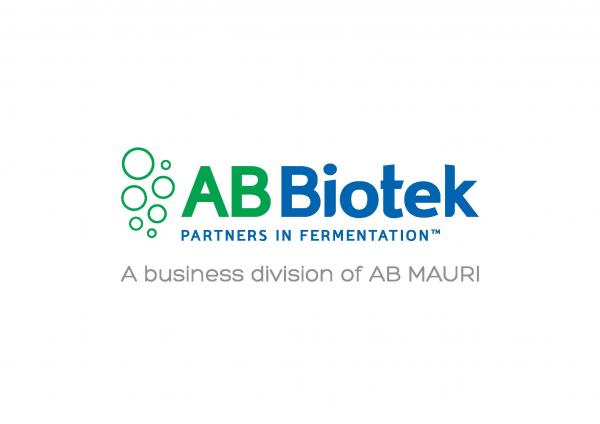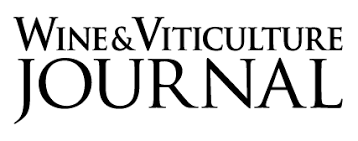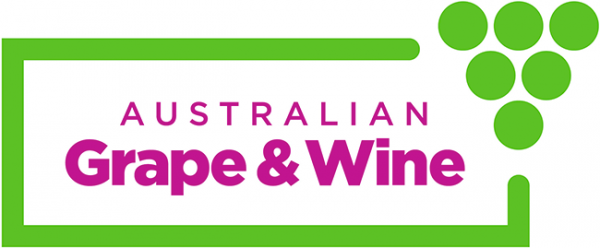| Nitrogen composition of grape must highly affects yeast growth, fermentation kinetics, as well as the production of several aromatic compounds, such as higher alcohols or hydrogen sulfide. Indeed, nitrogen deficiencies are one of the main causes for sluggish or stuck fermentations. Yeast cells are able to use a wide variety of nitrogenous compounds for growing, but not all of them provide the same efficiency. In S. cerevisiae, nitrogen transport, anabolism and catabolism are subject to tight regulation depending on the nitrogen content present in the medium, by a system called Nitrogen Catabolite Repression (NCR). This system is effective during wine fermentation, and thus responsible for the sequential uptake of the different nitrogen compounds from the media. Nitrogen demand is also dependent on yeast strain, sugar content and fermentation conditions. However, during part of alcoholic fermentation S. cerevisiae lives with non-Saccharomyces yeast species, and in the last two decades, the interest in using non-Saccharomyces yeasts as adjuncts to S. cerevisiae with the aim to exploit their flavor complexing properties has been growing. In mixed fermentations, different yeast species compete for the nutrients present in the media. Thus, the analysis of nitrogen consumption and preferences of those non-Saccharomyces species, in pure and mixed cultures with Saccharomyces cerevisiae, during wine fermentations is very important for improving their performance and avoiding fermentative problems due to the depletion of nitrogen by the non-Saccharomyces species. Several studies have shown that non-Saccharomyces yeast have specific amino-acid consumption profiles, and their presence on mixed fermentation seems to stimulate nutrient consumption in S.cerevisiae. |








